Keepers of the Arts

Historically, the credit for keeping the performing arts thriving in India has rested with royal patronage. Times have changed but even today, the arts share a symbiotic relationship with connoisseur patrons who strive to keep culture alive through their munificence. By Reshma O. Pathare
How does one quantify the enrichment gained out of listening to a singer who channels decades of riyaaz in one recital or of witnessing fingers take on a life of their own on the tabla? In profit and loss parlance, where does the concept of feeding the soul fit? The capability to appreciate the value of culture, as history shows, has always rested with connoisseurs (from the French word connaître, to know). Patronage of the arts has changed hands down the centuries; what hasn’t changed is the connoisseurship of the patrons.
The beginnings of royal patronage
As civilisations started developing into clusters, with a structure and hierarchy based primarily on economic rules, religious centres and rulers were looked upon to provide much-needed sustenance to the performing arts, which were regarded as niche pursuits. Genuine love for the arts, or the political wisdom to be seen as a compassionate and multifaceted ruler who showed equal appreciation of art, culture, beauty and spirituality, prompted many royals to support the performing arts through the centuries. They hosted talented musicians and dancers in their courts, ‘employing’ performers on a permanent basis, while also inviting artistes from other regions and thus bringing about a meaningful cross-cultural exchange. Handsome rewards, salaries and retainers were paid to these performers and buoyed by this financial support, artistes started coming forth to learn, teach and experiment with their chosen form of the arts.
The earliest references to royal patronage received by the performing arts go as far back as the 6th century, to the reign of king Mahendravarman I of the Pallava dynasty. Raja Raja Chola I who ruled the Chola Dynasty in the 10th century was equally erudite and contributed immensely to the cause. In later centuries, the former capital of the Chola Dynasty, Thanjavur, became a bastion of, among other forms, Carnatic music. Rulers like Raghunatha Nayak and Vijayraghava Nayak, themselves talented artistes, found it a matter of pride to support musicians, composers and other artistes that flourished in this culturally and agriculturally fertile region. The rulers would appoint artistes to their courts, ply them with valuable gifts, host large-scale programmes for them and encourage further teaching and research in their respective disciplines. Little wonder then that artistes from other regions also started flocking to Thanjavur. All this collectively resulted in enriching Carnatic music and dance forms like Bharatanatyam. From the 17th century onwards, the realm of music in Thanjavur evolved to encompass kirtanas, dance-dramas, varnams, ragamalikas and more.
A concerted effort to document classical music concepts was made in the 13th century, when King Singhana of the Yadava dynasty patronised Sarngadeva to write the Sanskrit text Sangitratnakara (or ‘ocean of music’), which is considered one of the first wholesome texts explaining the structure, forms, and logic behind ragas and talas.
Indelible royal imprints
The legendary ruler and brave warrior Akbar was also renowned as a connoisseur of the arts. An omnist who gave equal importance to Hinduism and Islam, Akbar, believed to have been an expert nagara-player and skilled in the science of music, lent generous support to vocalists and instrumentalists. Most famously, he gave pride of place to the brilliant singer Tansen by giving him the title of Mian and anointing him one of the Navratnas (nine jewels) of his court. Under Akbar’s patronage, Tansen was able to achieve great eminence – he created ragas like Darbari Todi and Rageshwari, Mian Ki Malhar, among others and composed several dhrupads on Ganesha, Shiva, Parvati and Rama. It is telling that many gharanas of present-day Hindustani classical music trace their origins to Tansen. Akbar also patronised talents like Sikh Guru Ram Das and the poet and musician Surdas and is credited for ushering the golden era of Kathak during his regime.
The generally vilified Aurangzeb, an ace player of the veena, supported the arts for the first decade of his regime. The 18th-century Mughal emperor Muhammad Shah II, also called Rangila or colourful, was known to have composed many khayals but more so, his rule saw forms like ghazals and instruments like the tabla and sitar becoming popular. Wajid Ali Shah, the last king of Awadh and a great connoisseur of music, was responsible for reviving the guru–shishya tradition. Maratha rulers of Thanjavur were known to support music and dance forms, as were the Peshwas, who promoted classical music and folk arts. Warrior princes of Rajasthan provided lavish support to culture leading to development of classical gharanas, even as the Gaekwads of Baroda established the Gayan Shala, a first-of-its-kind school in India that taught music, dance and drama, because the Maharaja (Sayajirao Gaekwad III) believed that the performing arts are the measuring rod for understanding the depth of a nation.
Jayachamarajendra Wadiyar, the last ruler of the kingdom of Mysore, was not only a musician of exceptional brilliance, but a patron of European classical music and Carnatic music. The Maharaja of Mysore’s Musical Foundation made the recordings of rare works possible. (In honour of the great patron’s legacy – which was featured in a two-part series in the June and July 2019 issues of the ON Stage – the SOI Chamber Orchestra performed at the Mysore and Bangalore palaces on his birth centenary last year.)
As the British got entrenched in India around the 17th century and royalty slowly began to dwindle, performers were left bereft of patronage and had to start looking for other avenues of income. They started traversing the country in search of industrial and mercantile patrons, who in turn started hosting performances during festive occasions. Apart from that, a section of the intellectual elite started propagating Hindustani music as a part of the country’s cultural pride; in a way, rebelling against their contemporaries who held derogatory ideas about women artistes, in keeping with Victorian norms. In a bid to give Hindustani music a social and financial boost, these intellectuals established ‘music clubs’ that served to democratise public concerts and extend music education to all societal strata. From the Parsi Gayan Uttejak Mandali started by playwright Kaikhushro Kabraji in the late 19th century and supported by luminaries like Dadabhai Naoroji, to others like the Poona Gayan Samaj (its Bombay branch established by Sir Mangaldas Nathoobhoy), The Albert Music Club, and the Shripad Sangit Shala among others, these clubs gave scope to music educationists like Vishnu Narayan Bhatkhande and Vishnu Digambar Paluskar to impart training to budding artistes.
Later in the 20th century, these ‘music circles’ enabled a new breed of urban patrons who would seek membership and pay entrance fees to be able to enjoy Hindustani music in concerts. Eliciting public interest to garner financial leverage for performers turned out to be a sort of crowdfunding exercise initiated by these music circles. As the importance of culture in societal growth became pronounced, the post-Independence Indian government also began patronising the performing arts and artistes, apart from establishing dedicated cultural institutions.
Crowdfunding, as we know it today, has become an unconventional but inclusive way for like-minded patrons to pool in money via internet-based platforms. In India, the trend is on an upward curve. For instance, in 2016, danseuse Keerthana Ravi was inspired by the crowdfunding success received by the theatre festival Thespo and replicated the same for her dance fest Evam, which served to not only get her funds, but also start a ripple of interest among people. In 2017, Nepathya, a centre dedicated to Kudiyattam, the only surviving form of Sanskrit theatre, sought crowdfunding to help train a new generation of artistes. Platforms like Wishberry, HelpMeTry, Fueladream and Ketto are being increasingly used to raise funds for, among other things, a myriad of performing arts.
The legacy of largesse continues
When it comes to sustained patronage in contemporary times, it is heartening to see generous benefactors join hands with institutions like the NCPA to preserve and propagate the arts by providing instrumental financial support through donations, sponsorships and CSR funding. Running a performing arts centre on as large a scale as the NCPA’s requires substantial funds for programming that is known to be world class, educational initiatives, outreach programmes with disadvantaged communities, providing performance opportunities to up-and-coming artistes, while also raising awareness of the arts and nurturing newer audiences. There are other costs such as the maintenance of venues and technical infrastructure, and staff salaries. The NCPA receives funding from individual and corporate supporters who share a deep sense of the value of the performing arts in society. While some of these funds are utilised for artistes’ fees, advertising, publicity and branding collaterals, the CSR funds are deployed towards teachers’ fees, scholarships, teaching materials, cost of visits by the beneficiaries to attend performances, cost of staging final performances and skill-building workshops customised for careers in the performing arts.
In addition to founder Dr. Jamshed Bhabha’s own bequest to his beloved NCPA and his wife Betty Irene Bhabha’s equally unwavering support to the organisation, some of NCPA’s generous benefactors include the Tata Group, Tata Trusts, Citibank, HSBC, Kotak-Mahindra, N.M. Petit Charity Fund, Mastercard, Godrej Industries, Pirojsha Godrej Foundation, Sahachari Foundation, Jasubhai Foundation and Bhogilal Leherchand Foundation. The association between the NCPA and Tata Group predates the former’s inception, when J.R.D. Tata provided strong backing to Dr. Bhabha’s vision to create an inclusive space for the performing arts. Today, the Tata Group and Tata Trusts remain munificent supporters of the Centre, having recently supported the Add Art Festival, a landmark event marking 50 years of the NCPA.
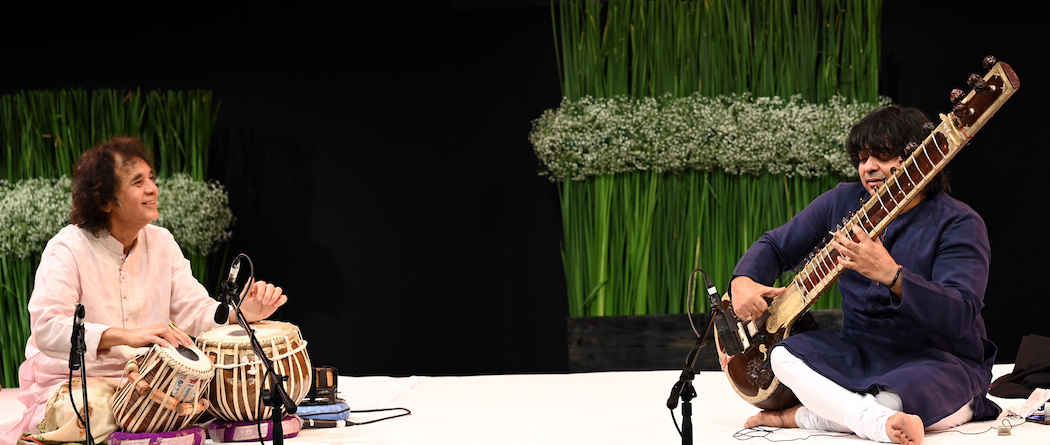
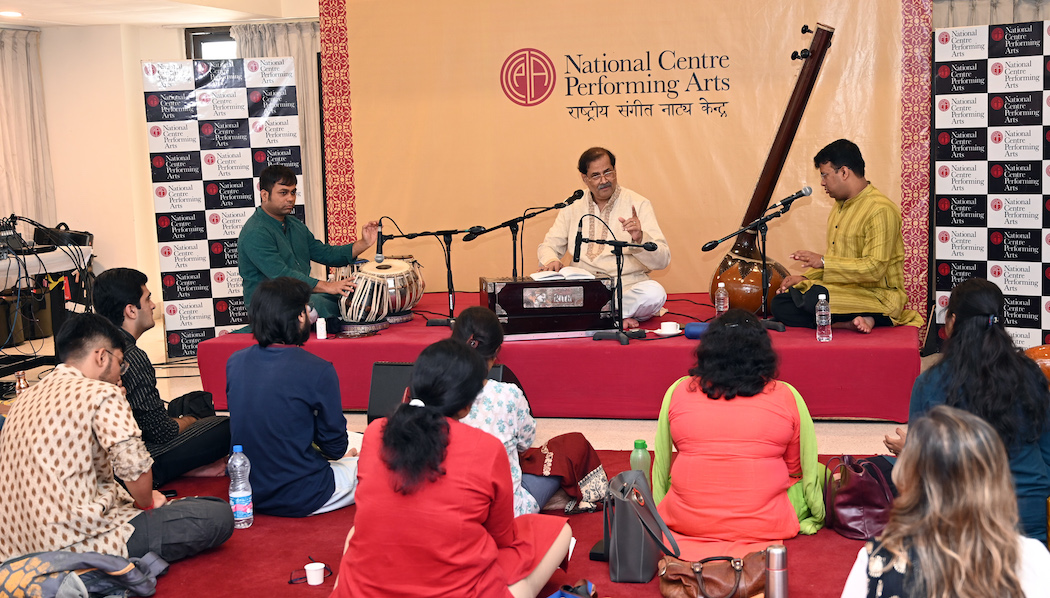
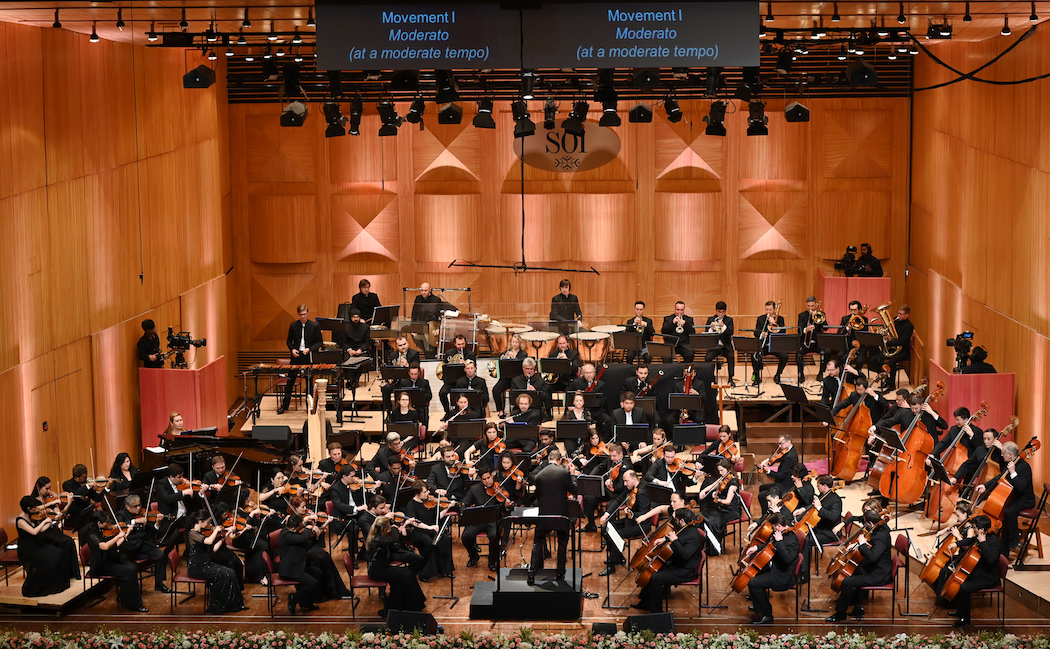
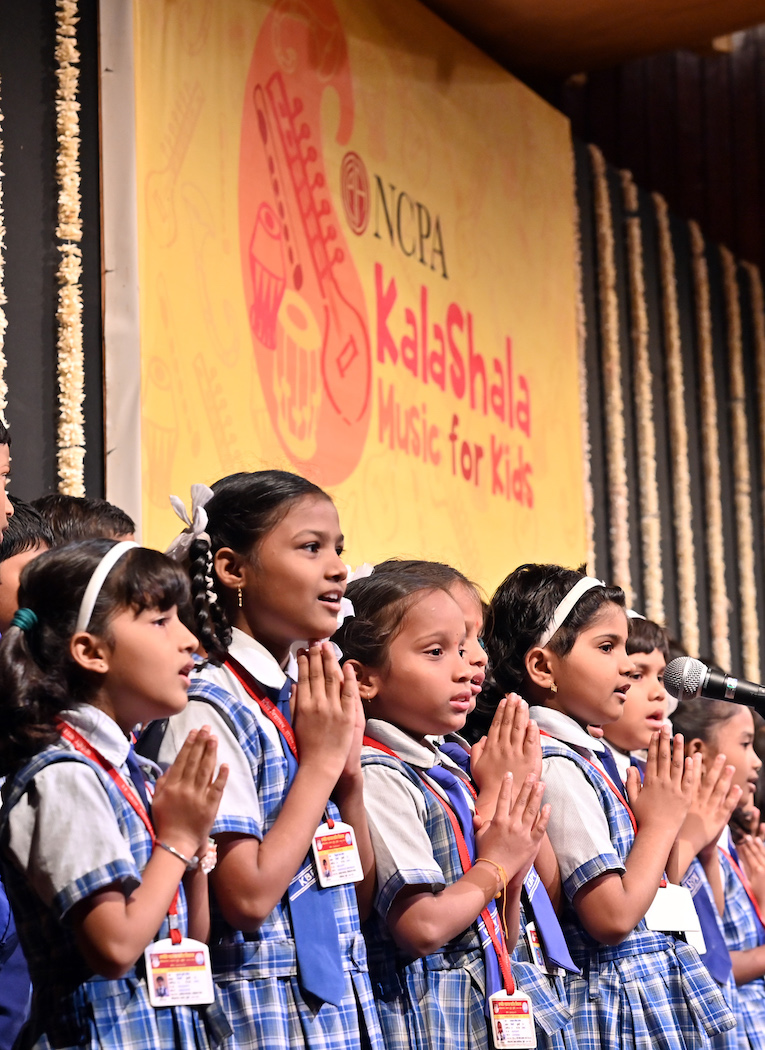
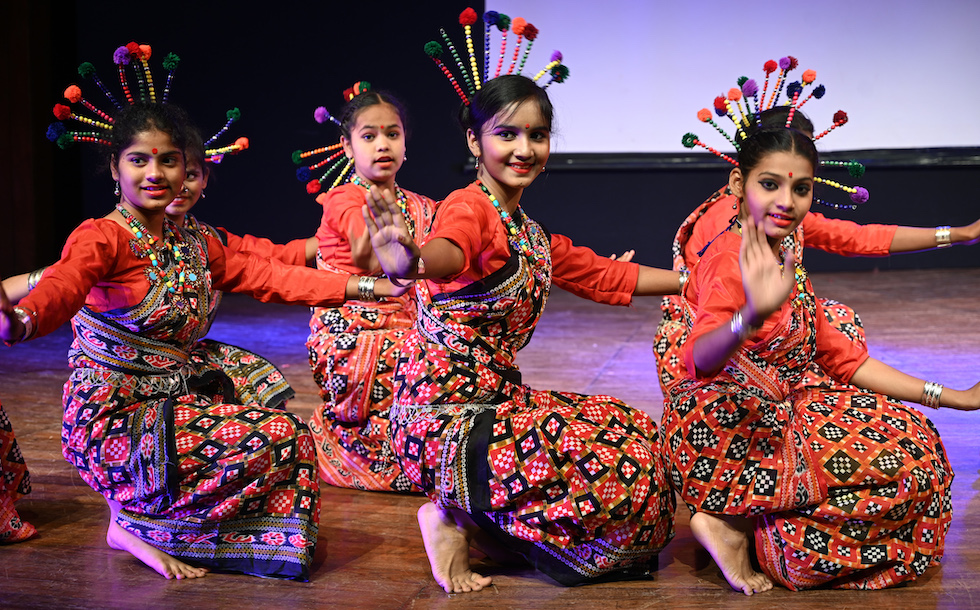
Patrons like Hikal, H.T. Parekh Foundation, Vinod and Saryu Doshi Foundation, SBI, L&T and M.K. Tata Trust have provided magnanimous monetary support and materials. The centre has also been a recipient of generous endowments from philanthropic institutions. Starting from the Dorabji Tata Trust that contributed Rs. 40 lakh towards building the centre, the NCPA has been fortunate to receive benefactions from the J. J. Bhabha Endowment Fund, Kilachand Devchand Foundation, ICICI Siddharth Mehta Foundation, Adi Marazban Endowment Foundation, Pu La Deshpande Foundation, Firdaus Talyarkhan Endowment Fund, Jasubhai Shah Endowment Fund, Mariwala Foundation, Saroj Jhaveri Foundation, Kaivan Mistry Endowment Fund, Sahachari Foundation and Dr. Fredie A Mehta Memorial Scholarship Fund.
Citibank shares a decade-long relationship with the NCPA wherein they have undertaken a wide range of impactful CSR activities, having supported the Guru-Shishya programme in Indian music that provides music training and annual scholarships, nurtures fresh talent and runs the ‘Music for Schools’ programme whereby students, especially from underprivileged schools, are provided opportunities to engage with music as well as perform on stage. Citi-NCPA Aadi Anant, the ninth edition of which was presented in December 2019, is a much-awaited Indian music festival. The bank also provides support to Indian musicians of the Symphony Orchestra of India through salaries, traineeships, etc.
Over the years, patrons like L&T, Godrej Consumer Products Ltd. and Kotak Mahindra Bank have supported the NCPA’s Nrityaparichay, an initiative that imparts training in various dance forms to underprivileged children and provides them a platform to perform. HSBC has accorded patronage in myriad ways, including supporting festivals like Bandish, which pays tribute to legendary composers, and initiatives like ‘Guru In Residence’ that allows young musicians to learn from veterans and the ‘Promising Artiste series’ that features performers being trained by gurus while upholding the traditional guru–shishya parampara. HSBC also aids ancillary programmes and workshops to equip performers with skills beyond their art, such as financial planning, drafting legal contracts, etc.
In the wake of the pandemic which has dealt a serious blow to artistes and performing arts centres the world over, the steadfast support of individual and corporate patrons is perhaps more critical than ever before in recent history. It is the arts that have kept us buoyed up in these grim times in the confines of our homes. And when the pandemic is over or contained safely, music, dance and theatre will help us fathom, grapple with and put behind us the unprecedented circumstances that have come to define 2020. For like the wise Maharaja of Baroda believed, the performing arts are truly the measuring rod for understanding the depth of a nation.
This piece was originally published by the National Centre for the Performing Arts, Mumbai, in the October 2020 issue of ON Stage – their monthly arts magazine.





